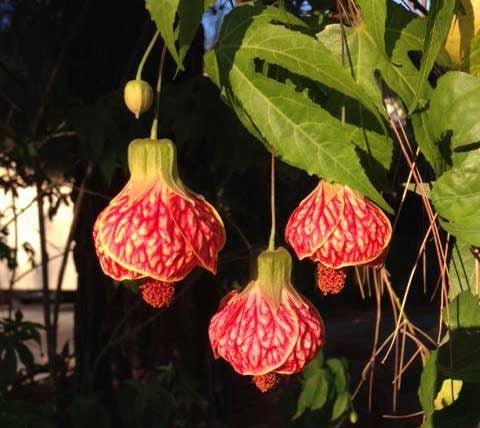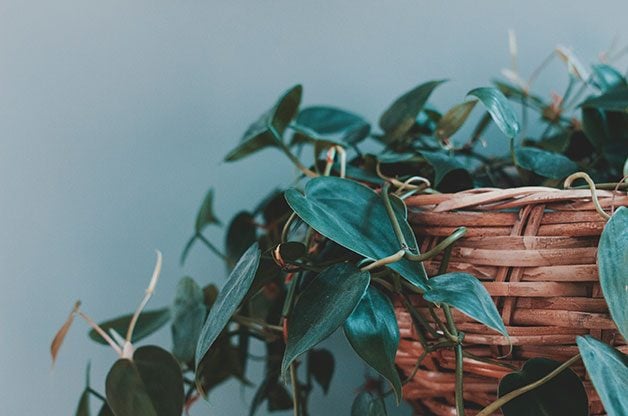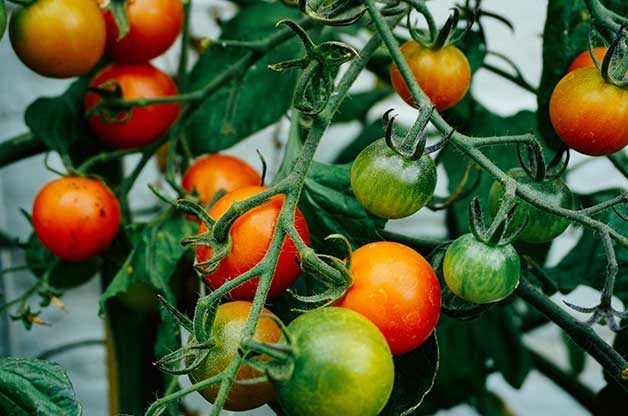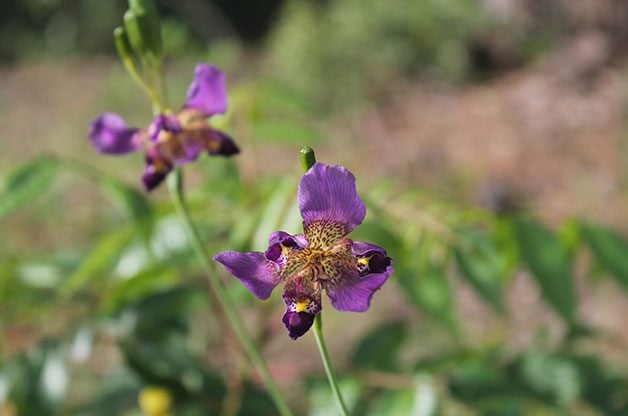Ask the Garden Expert: Is It OK to Use Rubber Mulch?
Updated: Mar. 23, 2022

Our garden expert talks using rubber mulch in the garden, identifies mystery plants, and more!
Is it OK to use rubber mulch? What kind of houseplant filters air the best? How long should I let my tomatoes keep growing in fall? What is this weird plant in my backyard?!
Each month, Birds & Blooms readers send in their burning questions to gardening expert, Melinda Myers, who is a nationally known, award-winning garden expert, TV/radio host and author of more than 20 books.
Got a gardening question for Melinda? Submit your questions here! They may appear here or in a future issue of the magazine.
Question: I’m really tired of spending money on mulch but don’t like the look of stone. What are your thoughts on rubber mulch? Is it bad for flowers? —Cathy Berlin of New Haven, Indiana
Melinda: Personally, I’m a fan of organic mulches. Although they do require regular replacement, they provide a lot of value to the plants and environment. Plus, they help moderate soil, conserve moisture, suppress weeds, add nutrients and, most importantly, improve the soil overall. Research on rubber mulch is limited. There is some concern that rubber mulch does not live up to its claims, contains heavy metals, and may result in nutrient deficiencies and toxicities in some plants.
If you see white stuff on your mulch, here’s what it means.
***

Question: These fascinating flowers bloom in my neighborhood. Can you identify the plant? —Dipak Sen Gupta of Sunnyvale, California
Melinda: Your mystery plant is the fast-growing redvein Indian mallow (Abutilon striatum). It is hardy in Zones 9 to 11, although some Zone 8 gardeners report the roots survive winters and the plant grows back each spring. Prune it back to 30 inches each year, or pinch the stem tips to encourage denser branching. This helps contain the height to 6 to 10 feet. Grow in full sun, and provide afternoon shade where summers are hot. (More: How to Find Your Plant Zone)
***

Question: I’ve read that houseplants filter the air in your home. Will any plant work, or does it have to be something specific, like a Boston fern, rubber plant or palm tree? —Raye Montgomery of Summerside, Prince Edward Island
Melinda: You’re spoiled for choice when selecting a houseplant to purify your indoor air. A study by the National Aeronautics and Space Administration and the National Association of Landscape Professionals found that houseplants play a major role in removing organic chemicals. Plants they tested include heartleaf philodendron, golden pothos, English ivy, spider plant, weeping fig, peace lily, Chinese evergreen, bamboo palm and snake plant—but any indoor plant will help.
***

Question: I live in Zone 6b and plant veggies in containers. I’ve noticed I still have some tomatoes coming up when the temperature starts to drop in early to midautumn. Do I allow the plants to continue growing or cut them down? —Linda Cognata of Cleveland, Ohio
Melinda: One of the gardening challenges of the Midwest is that the season threatens to end before all your vegetables are ready to harvest. Many gardeners pinch the tips off indeterminate tomatoes in early September to redirect the plant into ripening the existing fruit instead of producing more fruit that will not have time to ripen. I like to extend the harvest season with fabric row covers, which trap heat around the plants but allow air, light and water to reach them. (More: Top 10 Tomato Growing Tips)
***

Question: Can you identify this orchidlike flower growing on the roadside of our East Texas subdivision? —Dee Dee Matheson of Brookeland, Texas
Melinda: This native beauty, Alophia drummondii, is commonly called propellor flower, prairie iris and pinewoods lily, and it’s a member of iris family. You’ll find it growing in prairies, plains, meadows, pastures and savannahs. It prefers part shade and sandy soils, but tolerates sandy and clay loams.





















